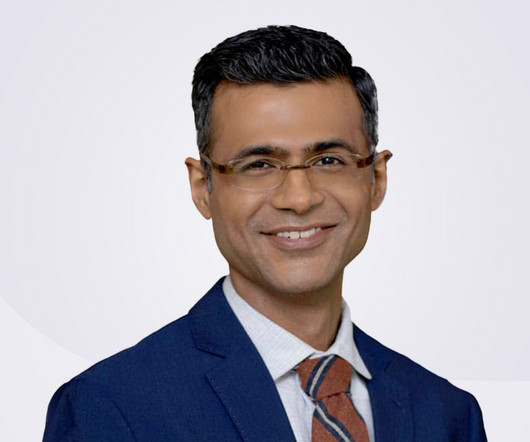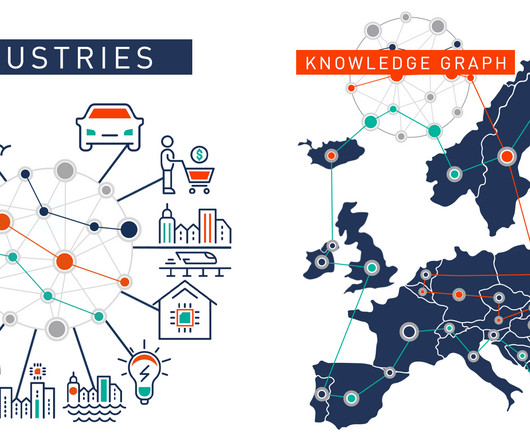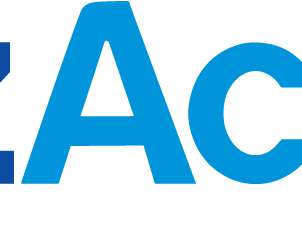Why adaptability is the new digital transformation
CIO Business Intelligence
OCTOBER 30, 2023
The past decade in IT has been all about digital transformation. Transformations once envisioned to be a two- or three-year journey, to catch up or get ahead, have become a continuous journey with no end in sight. The philosophy behind adaptive systems is more about innovation than risk management.























Let's personalize your content